What Is Liquidation? A Complete Guide to Its Mechanism, Price Calculation, and Risk Management
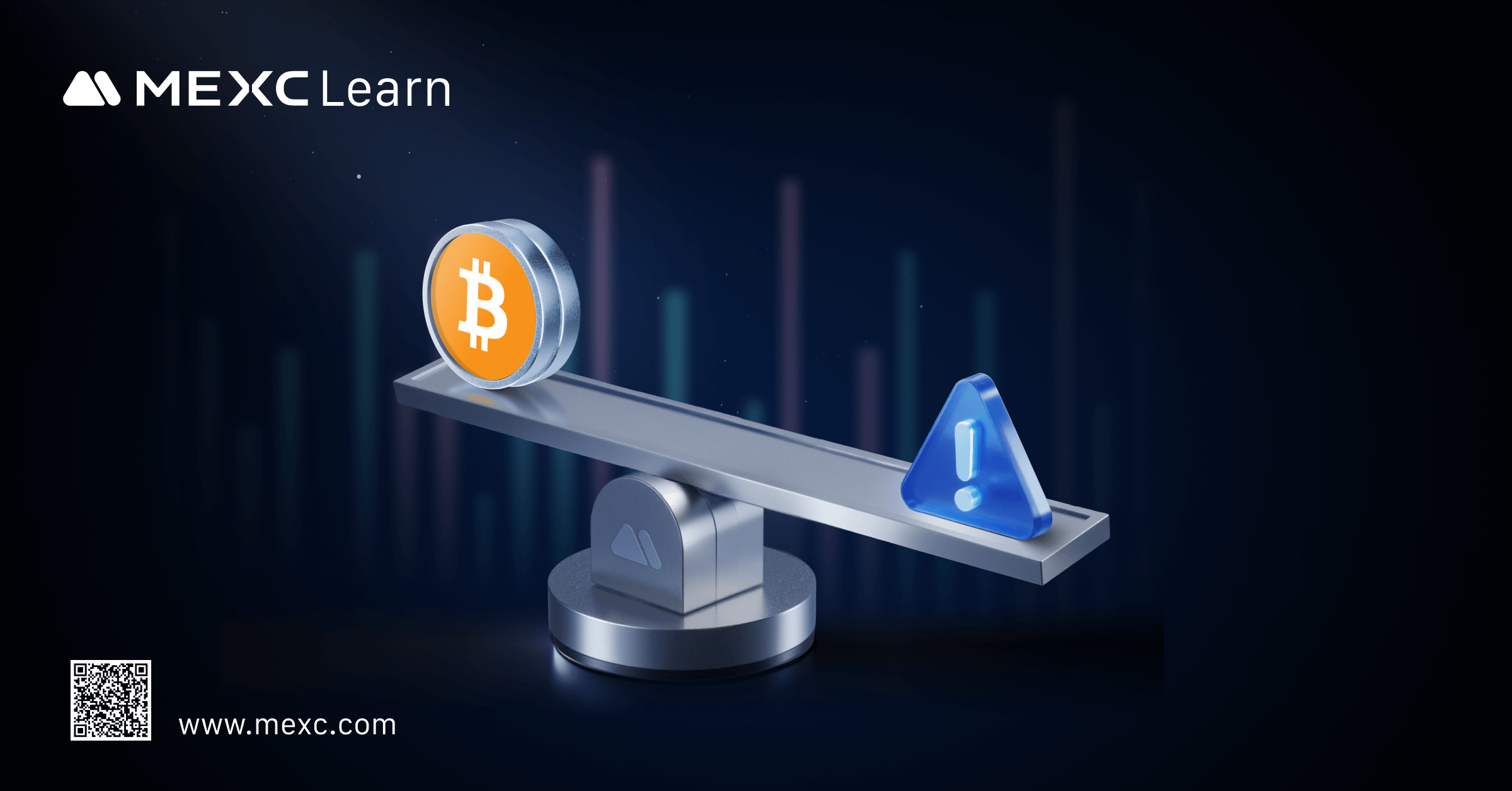
1. What Is Liquidation (Margin Call)? When Does It Most Often Occur?
2. How Is Liquidation Triggered?
2.1 What Is Isolated Margin?
- Pros: Risk isolation, suitable for running multiple strategies simultaneously.
- Cons: Lower margin utilization per position. No automatic redistribution of funds after liquidation.
2.1.1 Liquidation Price Calculation in Isolated Margin
- Initial position margin: 400 USDT (4000 / 10)
- Maintenance margin rate: 0.5%
- Maintenance margin: 4000 × 0.5% = 20 USDT
2.2 What Is Cross Margin?
- Pros:
- Cons:
2.2.1 Liquidation Price Calculation in Cross Margin
2.3 Risks and Strategy Recommendations
- Isolated Margin offers risk isolation, making it suitable for single strategies or low-volatility markets.
- Cross Margin provides higher capital efficiency, but risks are interconnected across positions, making it suitable for traders with sufficient funds and diversified strategies.
- In high-risk situations, you can manually increase position margin or reduce leverage to widen the gap between the liquidation price and the entry price, reducing the likelihood of forced liquidation.
Aspect | Isolated Margin | Cross Margin |
Margin Calculation | Each position is calculated independently | All positions share margin |
Risk Impact | Risk limited to a single position | Risks are linked across multiple positions |
Suitable For | Risk-averse, single-strategy traders | Capital-efficient, diversified-strategy traders |
Liquidation Risk | Only the position at risk is liquidated | Liquidation may affect all positions |
3. Why Liquidation Is Essential
- Prevent uncontrolled losses: When margin is insufficient, the system automatically closes positions to prevent losses from exceeding the account's capacity, protecting both the trader and the platform.
- Stabilize market order: Timely liquidation of high-risk positions reduces the chain reaction caused by individual account liquidations, mitigating systemic risk.
- Enhance risk awareness: Liquidation rules encourage traders to continuously monitor leverage and margin levels, avoiding excessive risk-taking.
- Missed rebound opportunities: After short-term extreme volatility, even if prices quickly recover, liquidated traders cannot participate in subsequent rebounds.
- Exacerbated losses: In extreme market conditions, insufficient liquidity may cause slippage, resulting in losses exceeding expectations.
- Impact on trading confidence: Frequent liquidations can disrupt trading plans, weakening execution and psychological stability.
4. Liquidation Trigger Logic and Handling Process
5. What Happens After Liquidation Engine Takes Over
6. How to Avoid Liquidation
6.1 Add Margin or Reduce Leverage
6.2 Set Stop-Loss Orders
6.3 Enable Liquidation Alert Notifications
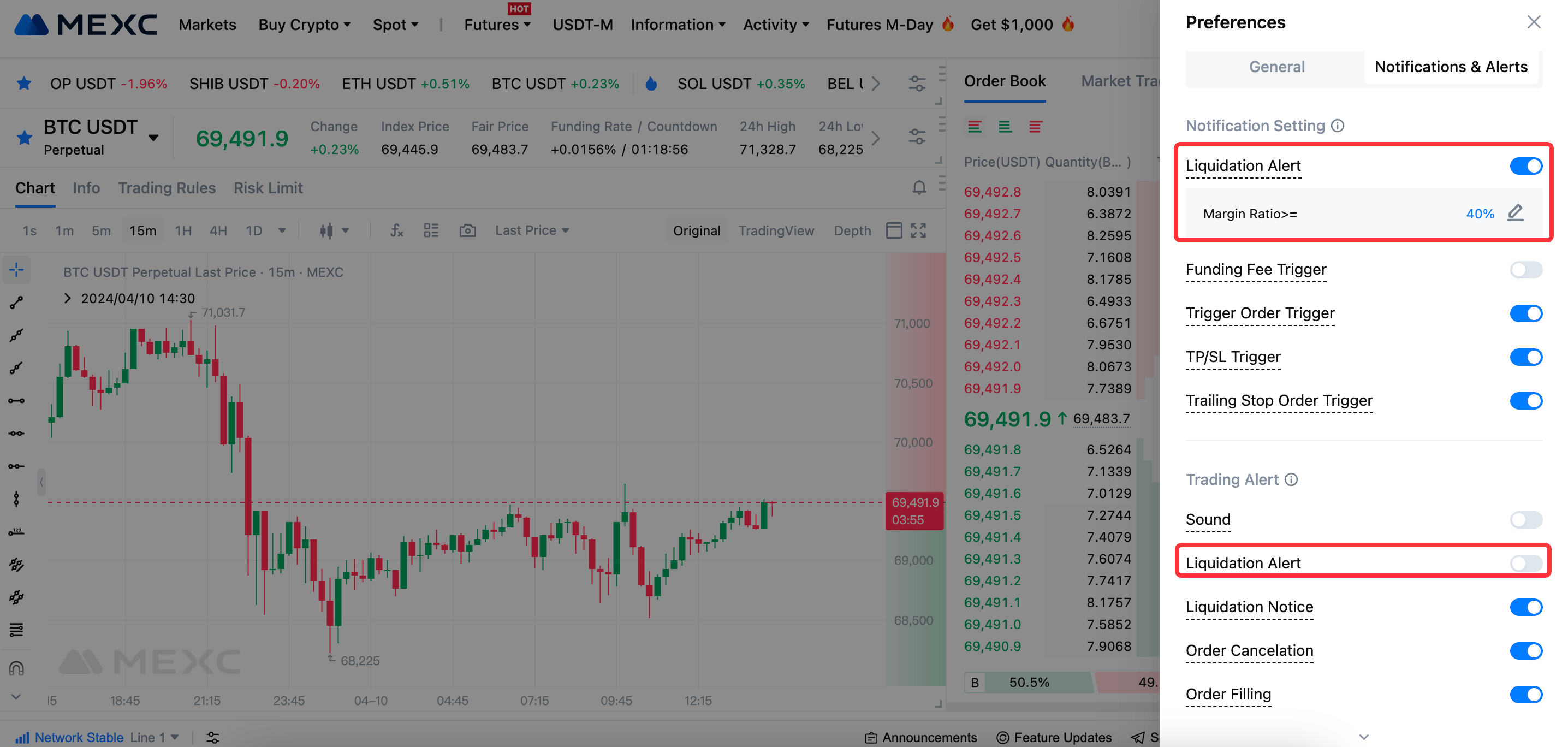
7. Conclusion
- Why Choose MEXC Futures? Gain an in-depth understanding of MEXC's Futures trading advantages and features, helping you seize opportunities in the contract market.
- MEXC Futures Trading Tutorial (App): How to Trade Futures on MEXC Detailed instructions for contract trading on the App, making it easy to start trading and master contracts.
Popular Articles

Is Bitcoin Going to Crash? Expert Analysis of the $600 Billion Market Wipeout
Bitcoin has dropped below $90,000, marking a seven-month low and erasing nearly 30% of its value since October's peak of $126,000.The cryptocurrency market has wiped out over $600 billion in value, le

MSTR mNAV Drops Below 1, How to Buy MSTR in the Crypto Market
Key TakeawaysRare Discount Signal (mNAV < 1) MSTR's Market Value to Net Asset Value (mNAV) dropping below 1 is a historically rare event. It signals that the company's market valuation is currently lo

How Much Bitcoin Does Satoshi Have? Here's The Answer
Satoshi Nakamoto, Bitcoin's mysterious creator, holds approximately 1 million BTC. At Bitcoin's current market price, this fortune is worth over $100 billion, representing roughly 4.8% of Bitcoin's to

Why is Bitcoin Going Up? Key Factors Behind Bitcoin's Price Up
If you've been watching the cryptocurrency markets lately, you've probably wondered why is Bitcoin going up to such remarkable levels. Bitcoin recently smashed through $120,000 and continues climbing
Hot Crypto Updates
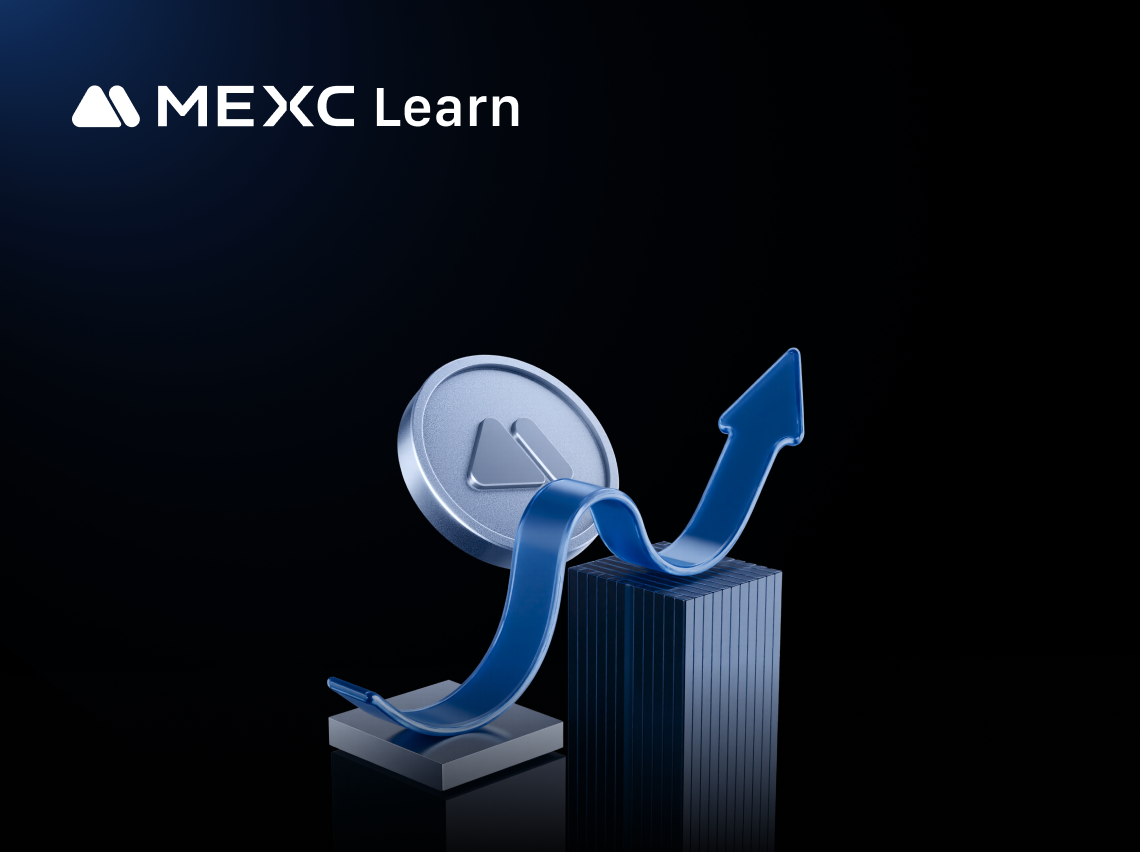
Zcash Wallet: Your Complete Guide to Storing ZEC Safely
A Zcash wallet is a digital tool that lets you store, send, and receive ZEC coins securely.Think of it as your personal bank account for Zcash, where you hold the keys to your privacy-focused cryptocu
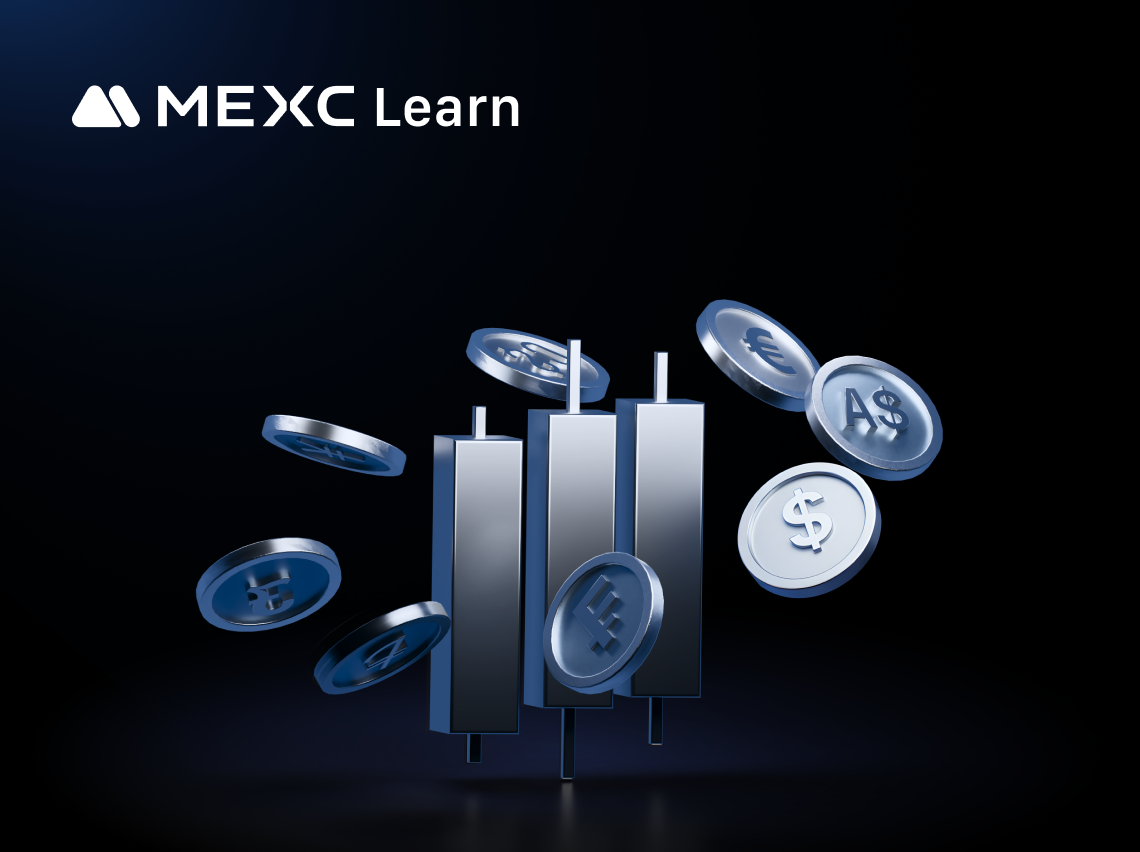
Zcash Price Prediction: What to Expect from This Privacy Coin
Privacy coins are making waves in the crypto market, and Zcash (ZEC) is leading the charge. This digital asset has caught investors' attention with impressive price movements and growing adoption.If y

Zcash News: Privacy Cryptocurrency Gains Momentum in Crypto Market
Privacy-focused cryptocurrencies are capturing renewed attention, and Zcash is leading the charge.The digital asset has experienced significant market activity, driven by institutional interest and gr
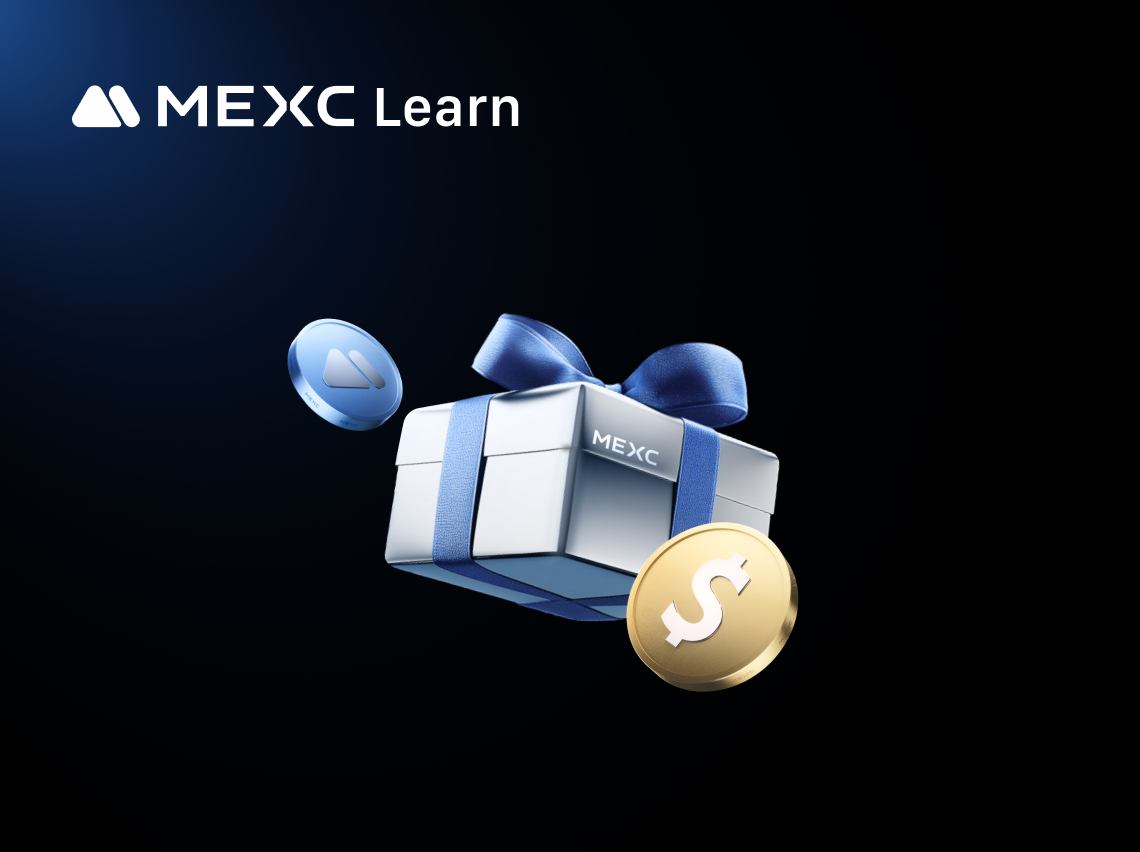
Beeg Blue Whale Future Outlook: In-Depth Analysis of Investment Opportunities and Challenges in Sui Ecosystem Meme Coins
Key TakeawaysSui blockchain as next-generation high-performance Layer-1 public chain provides ideal technical environment for BEEG and other meme coinsSui ecosystem TVL continues growing with meme coi
Trending News
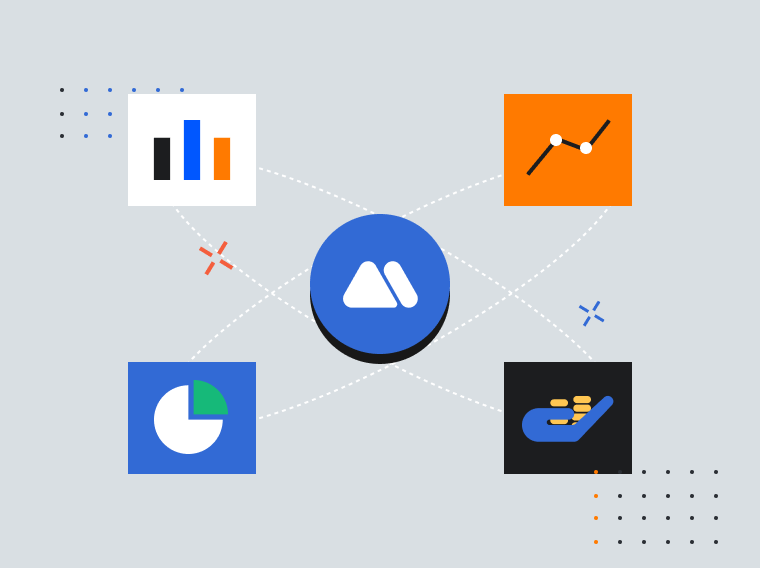
Vico Sotto, coalition push for passage of Anti-Dynasty Law | The wRap
Today’s headlines: Anti-Dynasty Law, Janet Napoles, Lando Norris | The wRap

Trading time: Tonight, the US GDP and the upcoming non-farm data will become the market focus. Institutions are bullish on BTC to $120,000 in the second quarter.
Daily market key data review and trend analysis, produced by PANews.

Tether Moves $3.9B BTC for Jack Mallers’ ‘Twenty One’ NYSE Debut
A massive 43,033 BTC transfer flagged by Whale Alert Sunday is not a sell-off—it is the settlement capital for Twenty One (XXI), the Bitcoin-native firm led by Jack Mallers set to list on the NYSE Dec

Gold continues to hit new highs. How to invest in gold in the crypto market?
As Bitcoin encounters a "value winter", real-world gold is recasting the iron curtain of value on the blockchain.
Related Articles
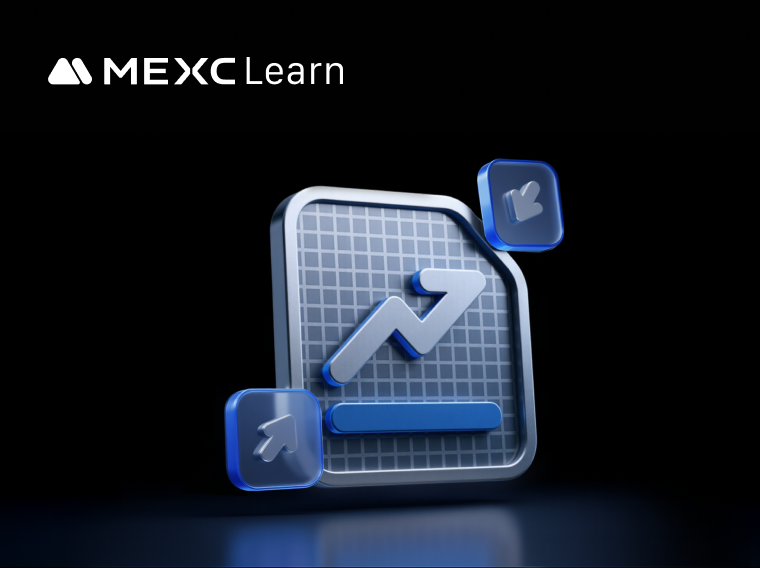
What Are Prediction Futures?
Cryptocurrency futures trading attracts countless investors with its high leverage and the ability to profit in both rising and falling markets. However, its complex mechanisms such as margin, leverag
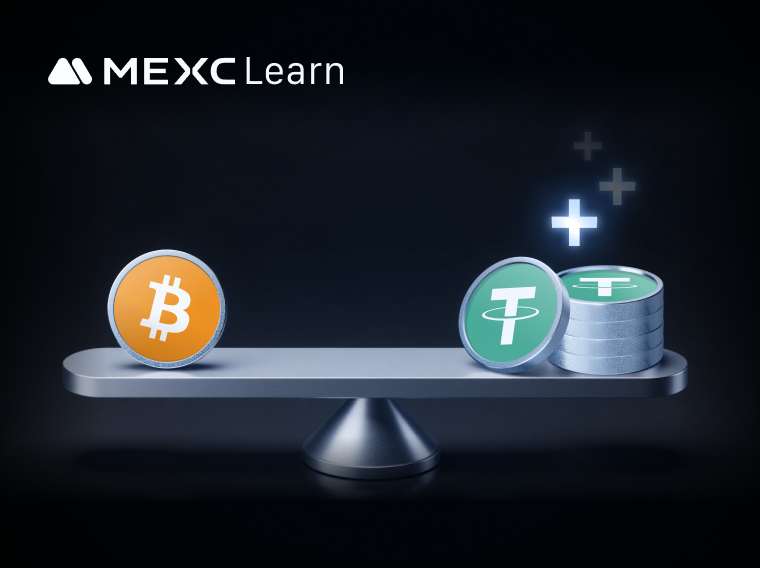
How to Use the Auto Margin Addition Function
In cryptocurrency futures trading, margin management is a critical skill that every trader must master, as it directly determines both profitability and risk control. Among the various tools provided

Copy Trading Guide For Lead Traders
Copy trading is an investment strategy in cryptocurrency trading that allows investors to automatically replicate the trades of experienced traders. For beginners with limited knowledge or trading exp

3 Key Prices in Futures Trading: What Are Index Price, Fair Price, and Last Price?
When accessing the MEXC Futures trading interface, you’ll see that the charts and order book reflect more than a single price. In reality, three key prices play a critical role in shaping your trading
